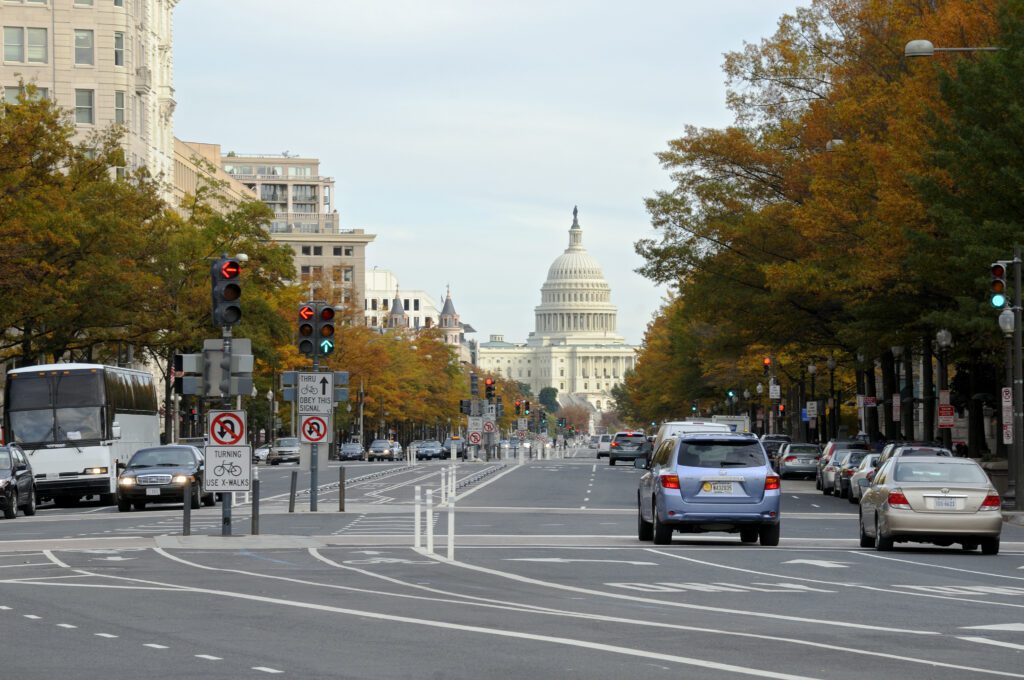Media Buyers Warn of Inventory Price Spike As Late Money Floods Into Midterm Races

Image Credit: Art Wager
Big time inflation is about to hit the political advertising economy.
With an influx of late money arriving looking to snap up desirable OTT/CTV inventory, media buyers will have their work cut out matching their clients’ expectations to reality in the next three weeks.
“You are going to see increased prices. It’s just how the dynamics of supply and demand work,” Erik Brydges, who heads political advertising at Microsoft’s Xandr, told C&E.
Media buyers are used to late-money surges, but 2022 is an unprecedented situation in many ways. Campaigns and groups are armed with historically high budgets for a midterm cycle and many are hunting for more CTV inventory that’s, for the most part, purchased through auction-based pricing.
“That gets to the crux of the challenge customers are going to have,” said Brydges. “They’re going to have limited time, they need as many options on the table as possible and they need the flexibility to execute them at a moment’s notice.”
Brydges said he’s seeing clients move for what’s left of the reservable premium video/OTT inventory and if they can’t get that, they’ll flow into voter-file targeted CTV and then other forms of high-quality, online video.
And forget your concerns about ad saturation. Some buyers this cycle are asking, what’s the opposite of a frequency cap?
“Some advertisers are going to want to buy, literally, as much inventory that is available in order to have that saturation,” Brydges said.
Now, OTT/CTV inventory aren’t the only placements that are in demand. Broadcast TV hasn’t gone out of style — yet — and social media ad spending is still growing despite the restrictions on buys from companies like Meta.
But campaigns are finding that OTT/CTV inventory are some of the best ways to reach specific geographies, such as gerrymandered congressional districts, and specific voter segments, such as Independents.
To wit, a Samba TV and HarrisX poll of 2,300 adults who identified as registered voters, which was conducted online at the send of August and released on Wednesday, found that Indies were “the least likely to have traditional TV, with only 4 in 10 (42%) having it today,” according to a release. In some battleground states, only 39 percent of Indies reported having “traditional TV.”
“The data points very clearly that the future king of political ad spending will be streaming,” Dritan Nesho, CEO of HarrisX, said in the release. “Voter eyeballs are more likely to be present there by a factor of almost two to one.”
Meanwhile, for down-ballot spenders the equation is decidedly different. Smaller campaigns likely don’t meet the minimum spend threshold of, say, $50,000 for some premium OTT publishers.
That means they’ll likely be buying primarily programatic online video. Brydges believes the current ecosystem for programmatic represents an opportunity for down-ballot camps. “I’m very excited to see how down-ballot races are going to take on programmatic because I think there’s huge opportunity for them to do so,” he said.
But some consultants are concerned their clients’ money could go to waste because buying last-minute, high quality online video inventory without securing private, preferred access ahead of time, is hard to do accurately and many practitioners at the down-ballot price point might not have the necessary skills to ensure the buys hit their mark.
“Sophisticated media buyers have prepared for this and have plans in place to be in premium locations without a spike,” said Adam Wise, SVP at National Media Research, Planning & Placement. “But unprepared advertisers relying on non-guaranteed inventory —especially in tight [geographies] — that are trying to spend a lot of late money with last-minute buys will likely see some large spikes.”
